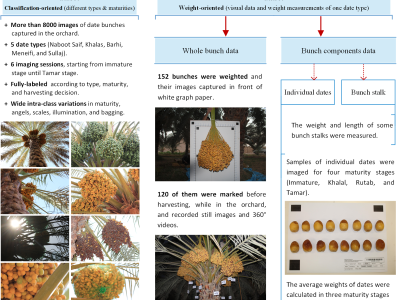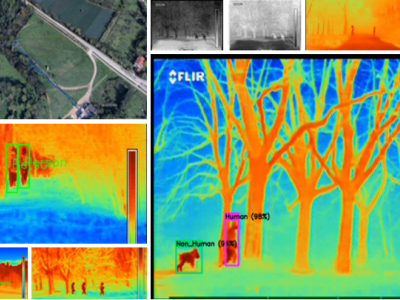Arabic Sentiment Embeddings

- Citation Author(s):
-
Nora Al-Twairesh (King Saud University)Hadeel Al-Negheimesh (King Saud University)
- Submitted by:
- Nora Al-Twairesh
- Last updated:
- DOI:
- 10.21227/aavk-g896
- Research Article Link:
 189 views
189 views
- Categories:
Abstract
Includes sentiment-specific distributed word representations that have been trained on 10M Arabic tweets that are distantly supervised using positive and negative keywords. As described in the paper [1], we follow Tang’s [2] three neural architectures, which encode the sentiment of a word in addition to its semantic and syntactic representation.
Specifications Table
Subject area | Natural Language Processing |
More specific subject area | Arabic Sentiment Embeddings |
Type of data | text files |
How data was acquired | Training Tang’s [2] models on an Arabic tweets dataset that was independently collected. |
Data format | Raw |
Data source location | Not applicable |
Data accessibility |
|
Value of the data
· May replace hand-engineered features for sentiment classification.
· Can be used for benchmarking other Arabic sentiment embeddings.
· The Arabic sentiment embeddings can be used for other NLP tasks where sentiment is important.
References
- N. Al-Twairesh, H. Al-Negheimish, Surface and Deep Features Ensemble for Sentiment Analysis of Arabic Tweets , in submission.
- D. Tang, F. Wei, N. Yang, M. Zhou, T. Liu, B. Qin, Learning Sentiment-Specific Word Embedding for Twitter Sentiment Classification, in: Proc. 52nd Annu. Meet. Assoc. Comput. Linguist. Vol. 1 Long Pap., Association for Computational Linguistics, Baltimore, Maryland, 2014: pp. 1555–1565. http://www.aclweb.org/anthology/P14-1146 (accessed May 18, 2018).
Instructions:
Data
We include three files, each corresponding to one of the models which are described in detail in [1]:
1. embeddings_ASEP.txt: the Arabic Sentiment Embeddings built using the Prediction model.
2. embeddings_ASER.txt: the Arabic Sentiment Embeddings built using the Ranking model.
3. embeddings_ASEH.txt: the Arabic Sentiment Embeddings built using the Hybrid model.
Each of the files contains 212,976 lines, starting with the word in the vocabulary, followed by a space, and then 50 decimal numbers separated by spaces (which represent the word vector).







